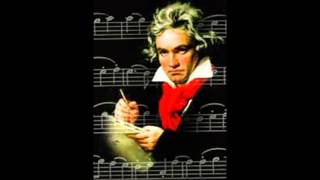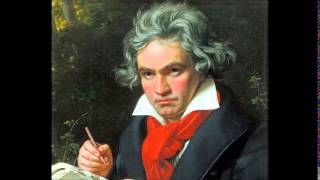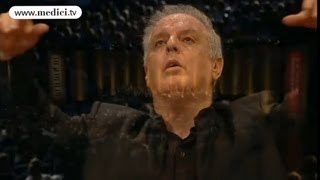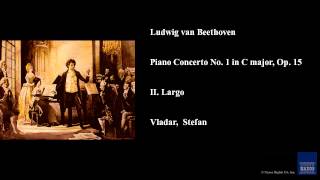Sunday, 11 January, 2026г.
















Где искать: по сайтам Запорожской области, статьи, видео ролики
пример: покупка автомобиля в Запорожье
Beethoven - Piano Concerto No.4 In G Major Op.58 - I. Allegro moderato
Ludwig van Beethoven's Piano Concerto No. 4 in G major, op. 58, was composed in 1805--1806, although no autograph copy survives.
The work is scored for solo piano and an orchestra consisting of a flute, two oboes, two clarinets, two bassoons, two horns, two trumpets, timpani, and strings. As is standard for concertos, it is in three movements.
The Fourth Concerto was premiered by Beethoven himself, at a private concert given in March, 1807 at the palace of his patron, Prince Lobkowitz. However, the public premiere was not until 22 December 1808 in Vienna at the Theater an der Wien. Beethoven again took the stage as soloist. This was part of a marathon concert which saw Beethoven's last appearance as a soloist with orchestra, as well as the premieres of the Choral Fantasia and the Fifth and Sixth symphonies. Beethoven dedicated the concerto to his friend, student, and patron, the Archduke Rudolph.
After its first performance, the piece was neglected until 1836, when it was revived by Felix Mendelssohn. Today, the work is widely performed and recorded, and is considered to be one of the central works of the piano concerto literature.
Ludwig van Beethoven (baptized 17 December 1770 - 26 March 1827) was a German composer and pianist. The crucial figure in the transition between the Classical and Romantic eras in Western art music, he remains one of the most famous and influential composers of all time.
Born in Bonn, then the capital of the Electorate of Cologne and part of the Holy Roman Empire, Beethoven moved to Vienna in his early 20s, studying with Joseph Haydn and quickly gaining a reputation as a virtuoso pianist.
His hearing began to deteriorate in the late 1790s, yet he continued to compose, conduct, and perform, even after becoming completely deaf.
Free video background: http://www.free-video-footage.com
Creative Commons license: Public Domain.
https://musopen.org/music/1015/ludwig-van-beethoven/piano-concerto-no-4-in-g-major-op-58/
Теги:
Classical music Classics Classics music Archive Classical music Harbor Classical music originals music Archive yt:quality=high Orchestra Ludwig van Beethoven piano Concerto No.4 in G Major Op.58 Allegro moderato Ludwig Van Beethoven (Author) Classical Period (Musical Genre) beethoven op 58 beethoven concerto 4 piano beethoven concerto 4 beethoven piano concerto no. 4 in g major beethoven piano concerto no. 4 in g major op. 58 beethoven concerto 4 movement 1
Похожие видео
Мой аккаунт


 У вашего броузера проблема в совместимости с HTML5
У вашего броузера проблема в совместимости с HTML5


